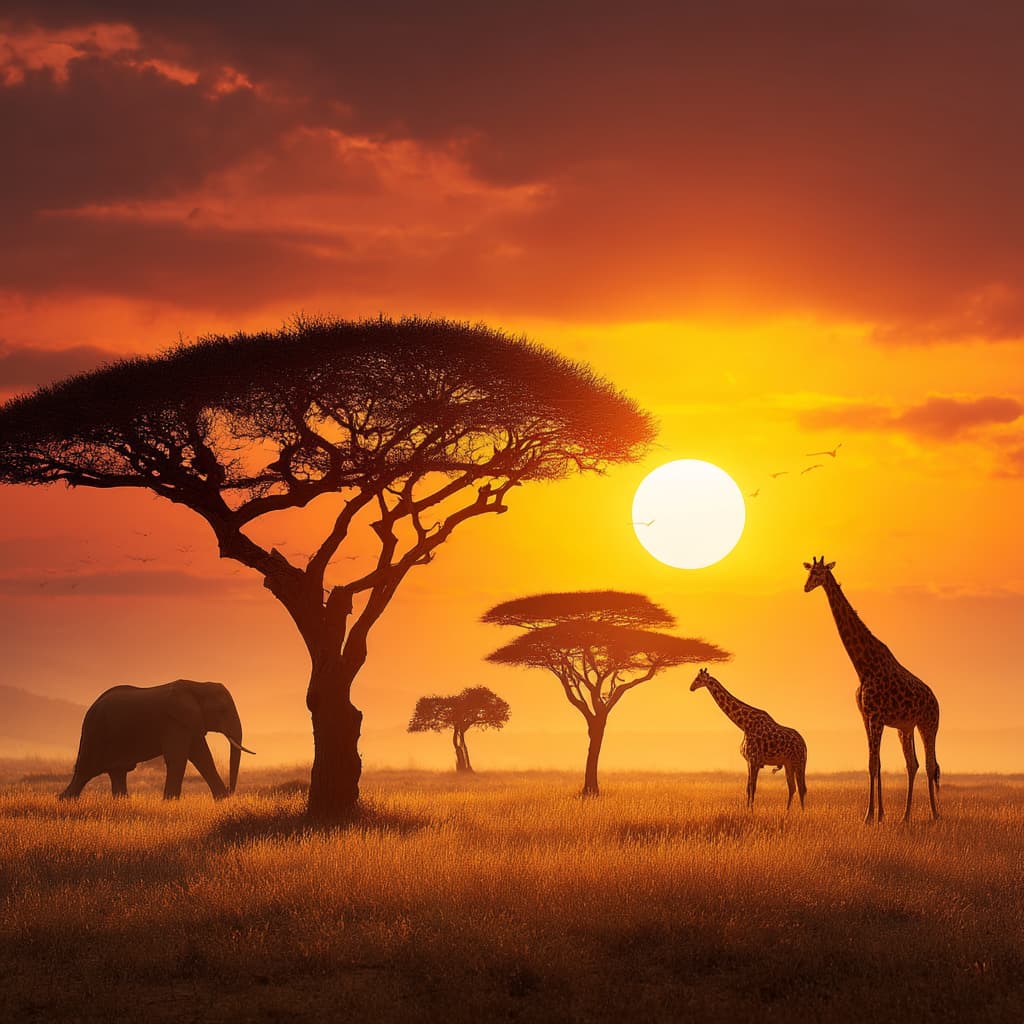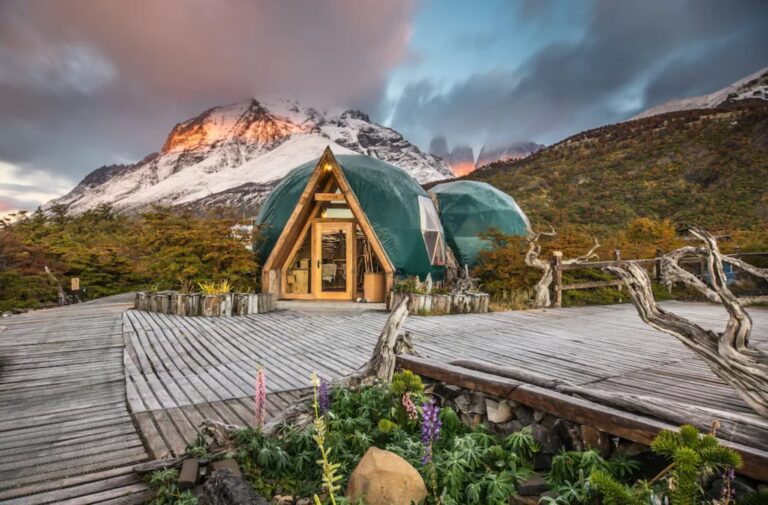When travelers imagine African safaris, their minds often jump to famous destinations like the Serengeti in Tanzania, Maasai Mara in Kenya, or Kruger in South Africa. These are iconic for a reason, offering thrilling wildlife encounters and well-developed tourist infrastructure. However, Africa has so much more to offer. Beyond the crowded routes and polished lodges, a different kind of safari awaits — one rooted in solitude, authenticity, and untouched nature.
In this article, we explore some of the continent’s lesser-known national parks. These are the places where the roads are dusty, the encounters feel personal, and nature unfolds on its own terms. This is where you can experience the true wild Africa — far from the familiar trail.
Ruaha National Park, Tanzania
Located in southern Tanzania, Ruaha is the country’s largest national park, yet one of its least visited. This vast wilderness is dominated by baobab trees, rocky hills, and open plains where elephants roam freely and lions hunt in silence.
What sets Ruaha apart is its feeling of isolation. With fewer visitors and minimal infrastructure, game drives here offer a chance to observe wildlife without distraction. You may find yourself alone at a lion sighting or following a herd of giraffes with no other vehicle in sight. This kind of privacy is rare in more popular parks, making Ruaha a sanctuary for those seeking something deeper than a typical safari.
Kidepo Valley National Park, Uganda
Kidepo Valley lies in the remote northeastern corner of Uganda, bordering South Sudan. Isolated by geography and limited access, the park remains one of the most untouched in East Africa.
The park is home to large herds of buffalo, antelope, and even cheetahs, all set against a dramatic backdrop of mountains and golden grasslands. Cultural encounters with the Karamojong people, who live nearby, add a unique human element to the experience.
For adventurous travelers, Kidepo offers a rare opportunity to explore a raw and untamed side of Uganda, where nature and tradition coexist away from the influence of modern tourism.
Katavi National Park, Tanzania
If seclusion is what you’re after, Katavi National Park delivers. Tucked away in western Tanzania, Katavi is one of the country’s most remote parks and receives only a few hundred visitors annually.
During the dry season, the park transforms into a dramatic stage for wildlife. Hippos crowd shrinking waterholes, crocodiles bask on muddy banks, and predators wait nearby. The sheer density of life in this unforgiving environment creates a sense of intensity unlike any other safari destination.
Because of its inaccessibility — reachable mostly by charter plane — Katavi is best suited for experienced travelers seeking raw encounters and the spirit of true adventure.
Liuwa Plain National Park, Zambia
Liuwa Plain is a place of quiet magic. Located in western Zambia, it is best known for hosting Africa’s second-largest wildebeest migration. Yet, it remains surprisingly under the radar.
The landscape is open and flat, offering spectacular skies and a feeling of endless space. Wildlife includes hyenas, jackals, and an increasing number of lions. Birdwatchers are drawn to Liuwa’s wetlands and seasonal pools, which host an impressive variety of species.
Liuwa demands a certain level of self-sufficiency, as there are few lodges and limited infrastructure. But for those who make the effort, the reward is a safari unlike any other — one shaped by silence, movement, and a deep connection to the land.
Zakouma National Park, Chad
Far off the tourist map, Zakouma in southeastern Chad is one of Central Africa’s great conservation success stories. Once ravaged by poaching, the park has made a remarkable recovery over the past two decades.
Today, Zakouma is home to healthy populations of elephants, giraffes, and big cats. It also boasts some of the most impressive birdlife on the continent, with vast flocks filling the sky in mesmerizing patterns.
Visiting Zakouma takes effort, including travel to N’Djamena and a transfer to the park. However, those who make the journey discover a region rich in natural beauty, cultural heritage, and hope for the future of African conservation.
Nyika Plateau National Park, Malawi
Nyika Plateau is unlike any other park in Africa. Located in northern Malawi, it offers a highland experience of rolling hills, misty meadows, and alpine-style grasslands. It’s a place of peace, far from the roar of lions and the dust of the savannah.
Here, travelers will find herds of zebra and antelope, with the occasional leopard sighting. The cool climate makes hiking a joy, and the park is perfect for travelers interested in flora, photography, and birdwatching.
Nyika is a reminder that African nature is not one-dimensional. There is beauty in contrast — and this plateau offers it in abundance.
Why Going Off the Beaten Path Matters
Choosing to visit lesser-known parks has more than just personal benefits. It supports conservation in areas that lack the visibility and funding of major attractions. These parks depend on tourism to maintain anti-poaching patrols, protect habitats, and engage local communities.
Moreover, traveling off the beaten path allows for a more meaningful connection to the environment. With fewer distractions and commercial pressures, every moment in the wild feels more intimate. It’s a return to the essence of travel — discovery, humility, and respect.
Final Thoughts
The true wild Africa isn’t always where the brochures point you. It’s found in the quiet of a remote valley, the sudden appearance of a lion with no one else around, or the unexpected kindness of a village elder sharing a story by firelight.
For travelers willing to go further, walk slower, and embrace the unknown, Africa opens itself in ways that can’t be captured on postcards. These national parks may be harder to reach, but what they offer is far more lasting — the feeling of being part of something real, vast, and beautifully wild.

